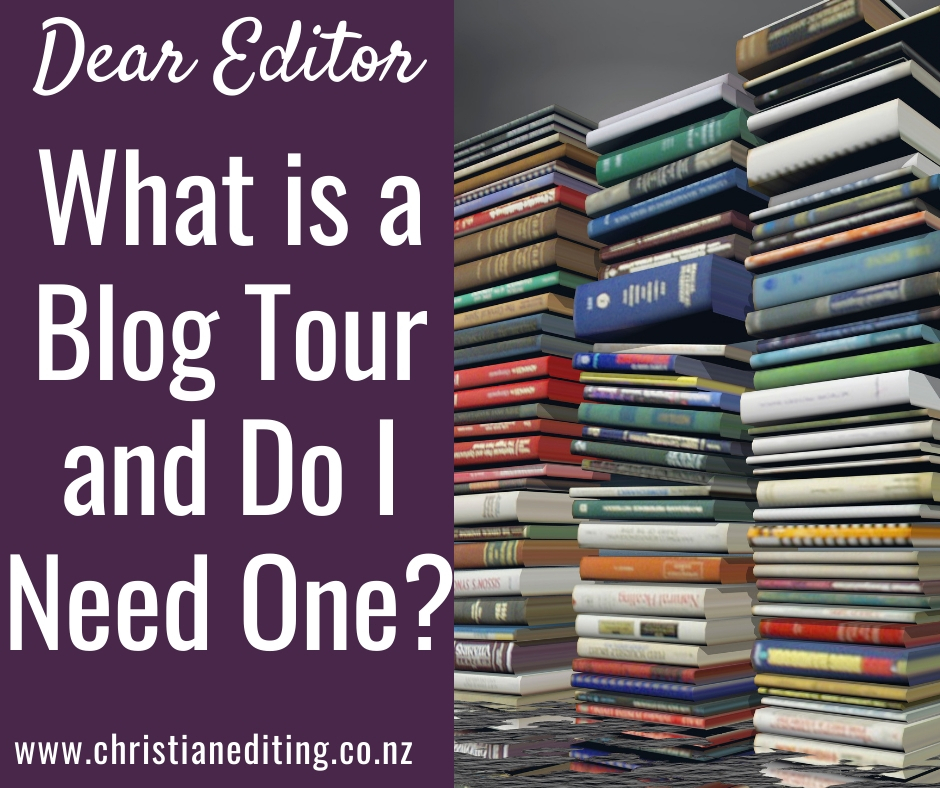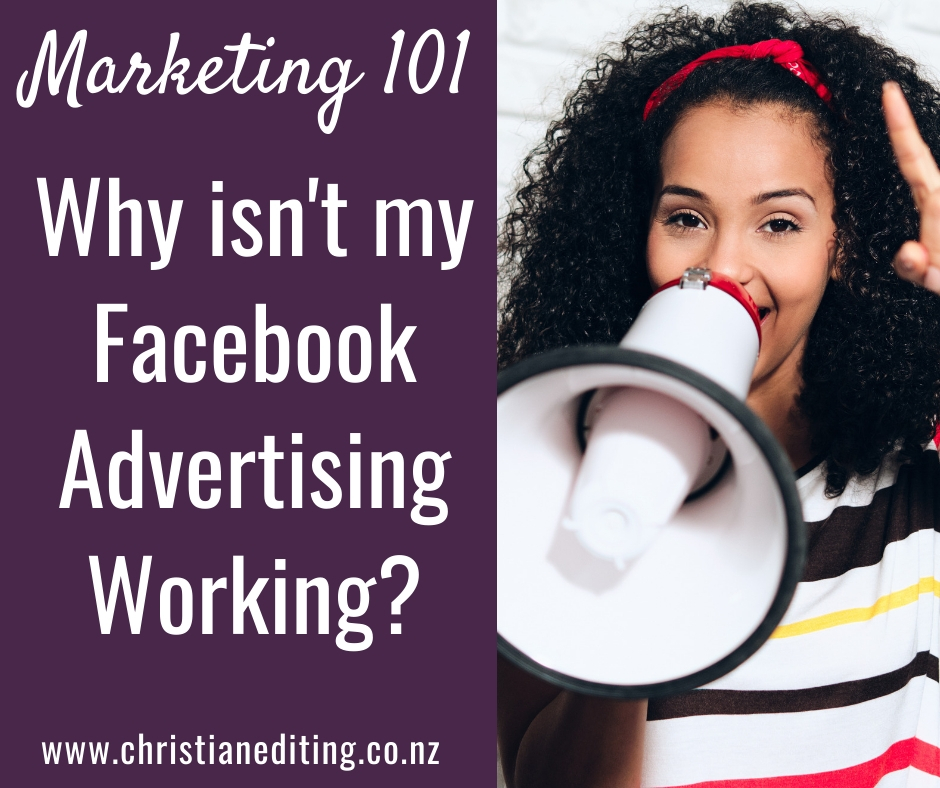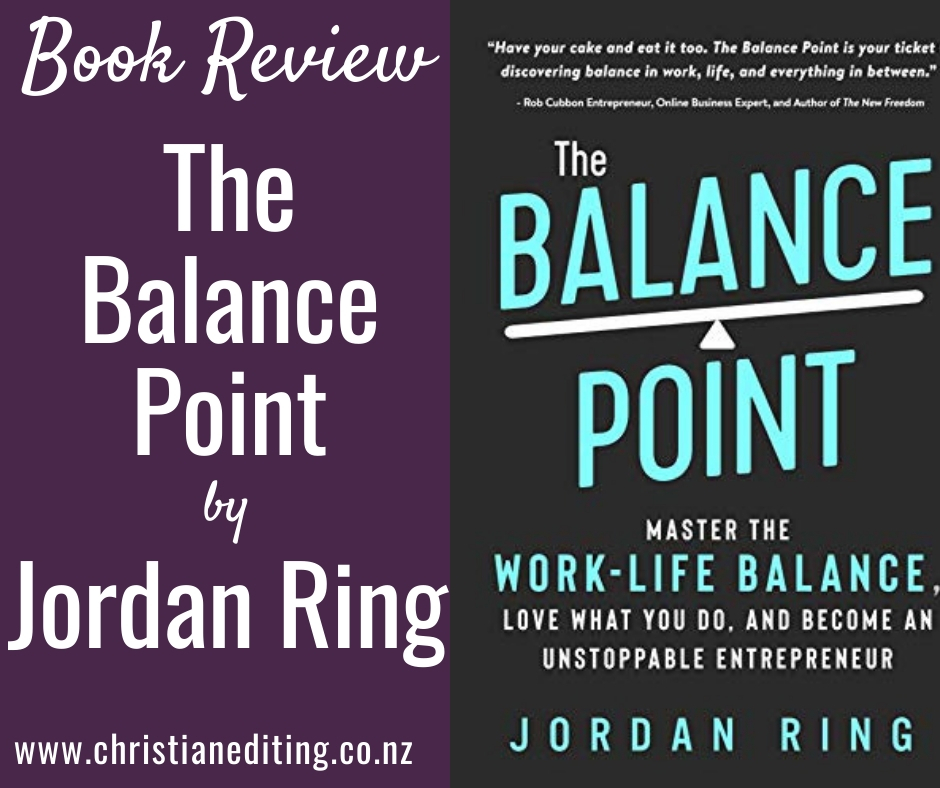The comma is one punctuation mark where there is a large degree of judgement and personal preference. Our struggle with commas isn’t helped by some of the misinformation we’ve heard over the years.
However, there are clear grammatical rules about how to use commas in fiction.
Examples of correct comma usage include:
- To link coordinate clauses to form a compound sentence.
- To separate items in a list or within a sentence.
- To separate strings of coordinate adjectives.
- To link a dependent clause to an independent clause.
- Between an introductory adjectival phrase and the rest of the sentence.
- Between an introductory adverbial phrase and the rest of the sentence.
There are two main guidelines to remember with commas.
First, the comma should be used when it is needed to prevent ambiguity. For example, this sentence is inviting Grandma to lunch:
Let’s eat, Grandma!
But take out the comma, and Grandma is lunch:
Let’s eat Grandma!
(Yes, commas save lives).
The second rule is this: there are grammatical rules about when a comma can be used. If your English teacher (like mine) told you to add a comma when you’d pause for breath when reading aloud, then your English teacher was wrong.
That advice, leads us, to the Walken, comma. Or, worse, the, Shatner, comma. (I may have mixed those two up. But you get the point).
Commas are used to separate clauses in sentences.
There are two main types of clauses:
- An independent clause contains a subject, a verb, and an object. It can form a complete sentence.
- An independent clause can’t form a complete sentence—it’s usually missing the subject or object.
Linking Coordinate Clauses
Coordinate clauses are two independent clauses of equal importance. Coordinate clauses are joined with a comma and a coordinating conjunction, which forms a compound sentence.
There are seven coordinating conjunctions in the English language, and they can be memorised using the acronym FANBOYS:
For—And—Nor—But—Or—Yet—So
Let’s look at an example:
I was supposed to be on a diet, yet I still ate the entire bar of chocolate.
“Yet” is a coordinating conjunction, so (there’s another one!) it is perfect for joining two coordinate clauses. I often find authors join coordinate clauses with just a comma. This is often referred to as a run-on sentence.
There are several ways of correcting a run-on sentence, and it is up to the author to decide which is the most appropriate in the context (there is no one-rule-fits-all solution!).
Correcting a Run-On Sentence
As stated above, we can use a coordinating conjunction. We can also split the sentence into two:
I was supposed to be on a diet. I still ate the entire bar of chocolate.
We can use a semi-colon, which is stronger than a comma but weaker than a full stop.
I was supposed to be on a diet; I still ate the entire bar of chocolate.
We can use a colon where the second thought amplifies the first:
I was supposed to be on a diet: I still ate the entire bar of chocolate.
Note that colons and semi-colons are rarely used in fiction, although they are common in non-fiction (and are especially useful in lists).
We can also use an em dash or em rule (so called because the dash is roughly the width of a capital M):
I was supposed to be on a diet—I still ate the entire bar of chocolate.
Note that no comma is used if the second part of the sentence is a dependent clause (usually because it doesn’t include a subject).
I was supposed to be on a diet but still ate the entire bar of chocolate.
Oxford Comma (aka serial comma or Harvard comma)
A comma before the conjunction at the end of a series is often referred to as the Oxford comma, but can also be called the Harvard comma or serial comma.
Some authors, editors, and publishers require the Oxford comma. Others say it should only be used when needed for clarity. This is a matter of personal style, but my preference is to use the Oxford comma. Why? Because it’s important to edit a document to a consistent style throughout, and using the Oxford comma for some lists and not others isn’t consistent. It’s also easier in the long run: deciding to use the Oxford comma means authors and editors don’t need to look at each sentence to decide whether the Oxford comma is needed for clarity
For example, this sentence doesn’t use the Oxford comma, and is ambiguous:
I’d like to thank my parents, Mother Theresa and the Pope.
Am I thanking four people, or two? Are my parents Mother Theresa and the Pope? No. In this example, it’s important to use the Oxford comma to clarify that I’m thanking four people:
I’d like to thank my parents, Mother Theresa, and the Pope.
Coordinate Adjectives
Another type of list or series is a list of adjectives describing a noun. Many of us were taught (again, incorrectly) that we add commas between adjectives.
But we don’t always need commas.
The Chicago Manual of Style has a dual test as to whether a comma is needed between two adjectives:
- Will and fit between the two adjectives without changing the meaning of the sentence? (CMOS 5.90 and 6.33)
- Can the order of the adjectives be reversed without changing the meaning of the sentence? (CMOS 6.33)
If you can answer yes to both questions, a comma is needed. If the answer to either (or both) questions is no, then no comma is needed. For example:
She was a faithful, sincere friend.
This sentence needs a comma because she was faithful and sincere, and because you can reverse the adjectives and the sentence will still make sense:
She was a sincere, faithful friend.
This next example does not require commas, because we can’t change the order of the adjectives:
His crisp white linen shirt.
What happens if we change the order? The sentence sounds wrong because the adjectives are in the wrong order e.g.
His white crisp linen shirt.
There are nine different types of adjectives, as outlined in the Royal Order of Adjectives . They are:
- Determiner (a, four)
- Observation (beautiful, ugly)
- Size (big, small)
- Shape (square, long-stemmed)
- Age (antique, new)
- Colour (blue, yellow)
- Origin (Italian, Hawaiian)
- Material (wood, silk)
- Qualifier (wedding, touring)
- Noun
So …
I wore a beautiful princess-cut antique ivory Spanish lace wedding dress.
That’s eight adjectives in a single sentence.
Commas with Adverbial Phrases
At the risk of stating the obvious, an introductory adverbial phrase is a phrase at the beginning of a sentence that includes an adverb (an adjective which describes the verb). That sentence was an example: “stating the obvious” is an adverbial phrase. I therefore added a comma.
However, CMOS 6.31 says no comma is necessary for a short introductory adverbial phrase unless it’s likely to be misread without the comma. This leads to a common comma mistake: adding a comma after “so” at the beginning of a sentence.
In general, there shouldn’t be a comma after “so”, despite what Word or Grammarly might tell you:
So will you be home for dinner?
Yes, “so” is an adverb. But it’s a single word, not a phrase, so no comma is necessary. In fact, the example above would be better without the “so”:
Will you be home for dinner?
“So” also functions as a coordinating conjunction (like “and” and “but”). CMOS 6.22 says there is a comma before a coordinating conjunction, but not after (as in this sentence).
Mother is arriving to visit tonight, so will you be home for dinner?
Some people justify adding a comma after “so” by saying you should add a comma where you’d normally take a breath when reading aloud. We’ve already discussed that (in my first post), and concluded it is bad advice
When is it correct to use a comma after “so”? Only when there is a parenthetical phrase (CMOS 6.48). A parenthetical phrase is a comment that could be deleted without changing the meaning of the sentence:
So, John, will you be home for dinner?
“John” adds to the sentence but could be deleted. The comma after “so” is therefore correct.
What about Well?
Is there a comma after “well”? It depends. Merriam-Webster’s shows that “well” can be a noun, a verb, an adverb, an adjective, or an interjection. If “well” is used at the beginning of a sentence, it is usually (but not always) an interjection, and therefore uses a comma (CMOS 5.206 and 6.34):
Well, what have we here?
But the adverbial form of “well” can be used at the beginning of a sentence:
How many marbles do you have?
Well over a hundred.
In this case, no comma is needed.

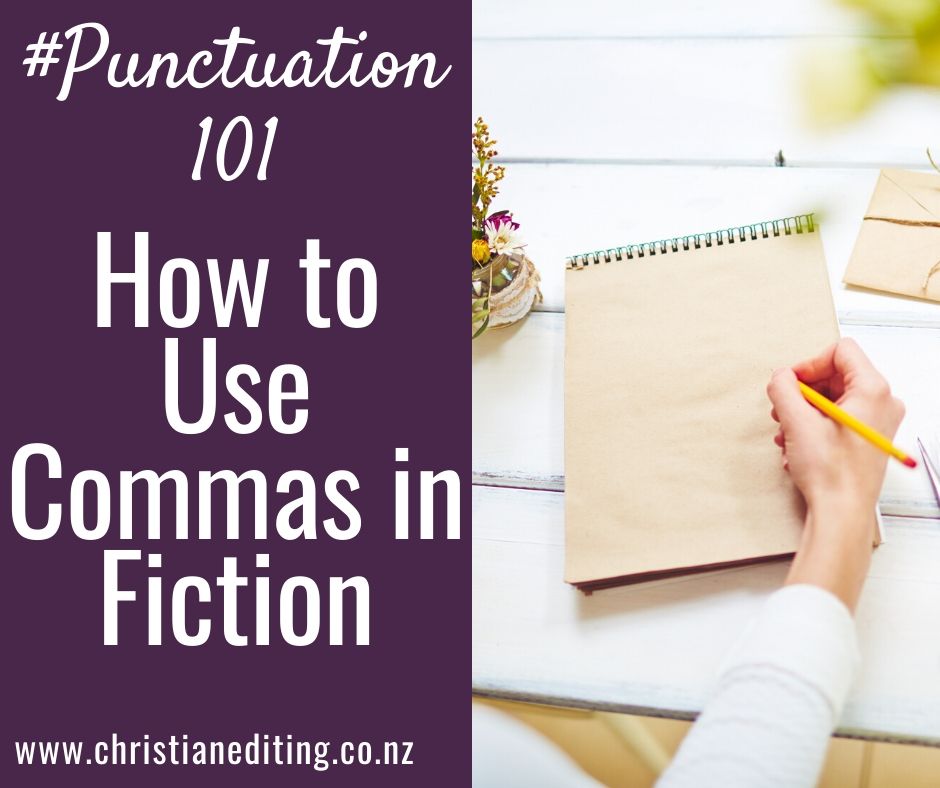
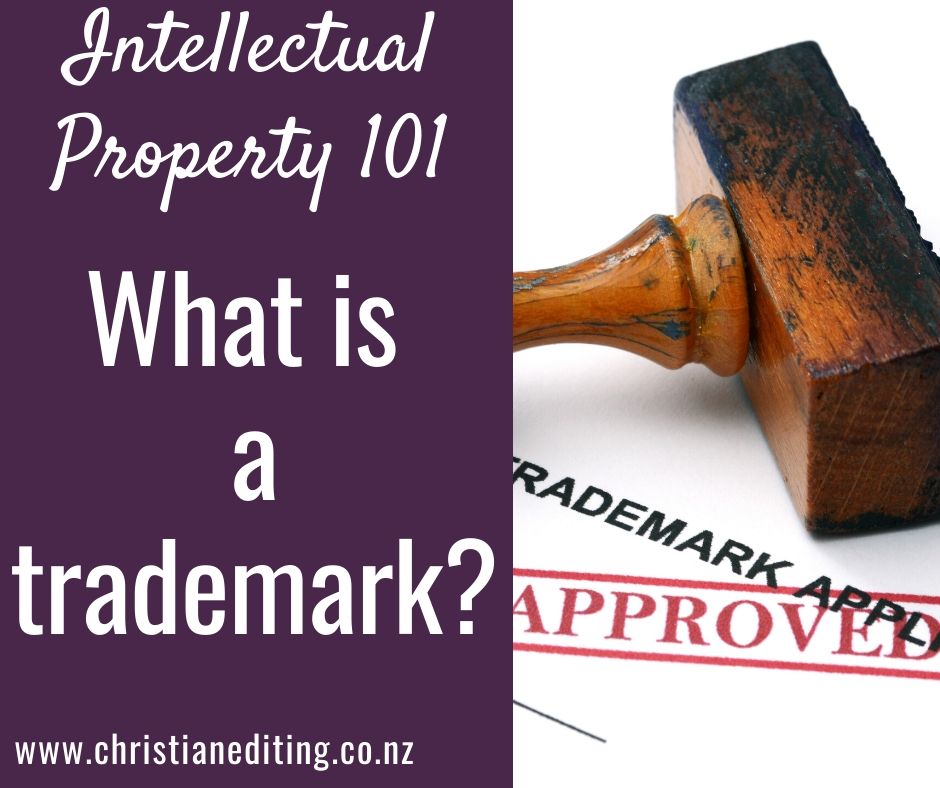
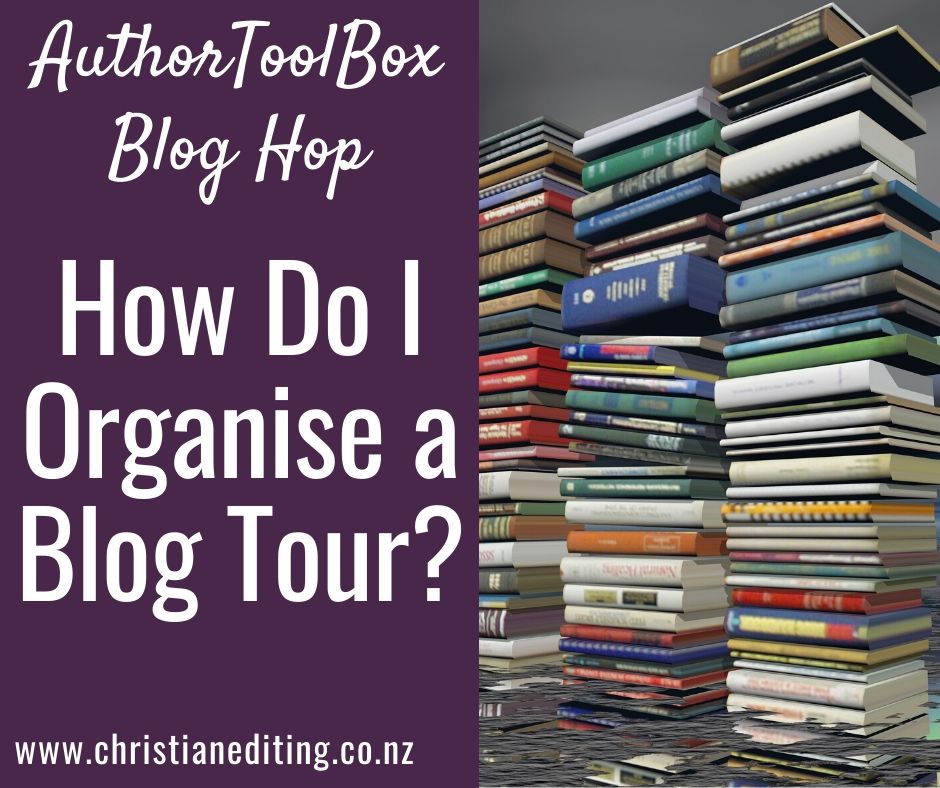

 ).
).